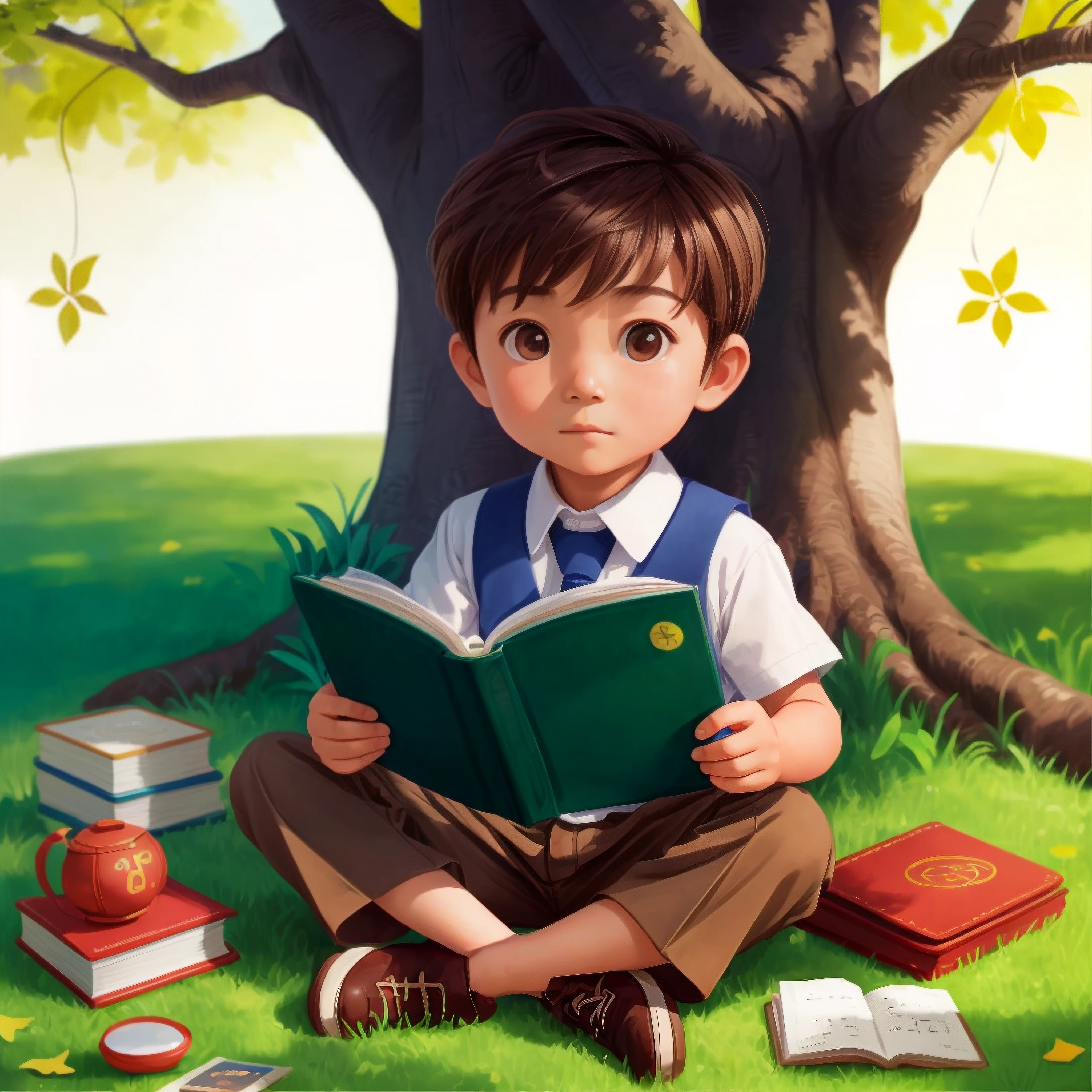

Recommend
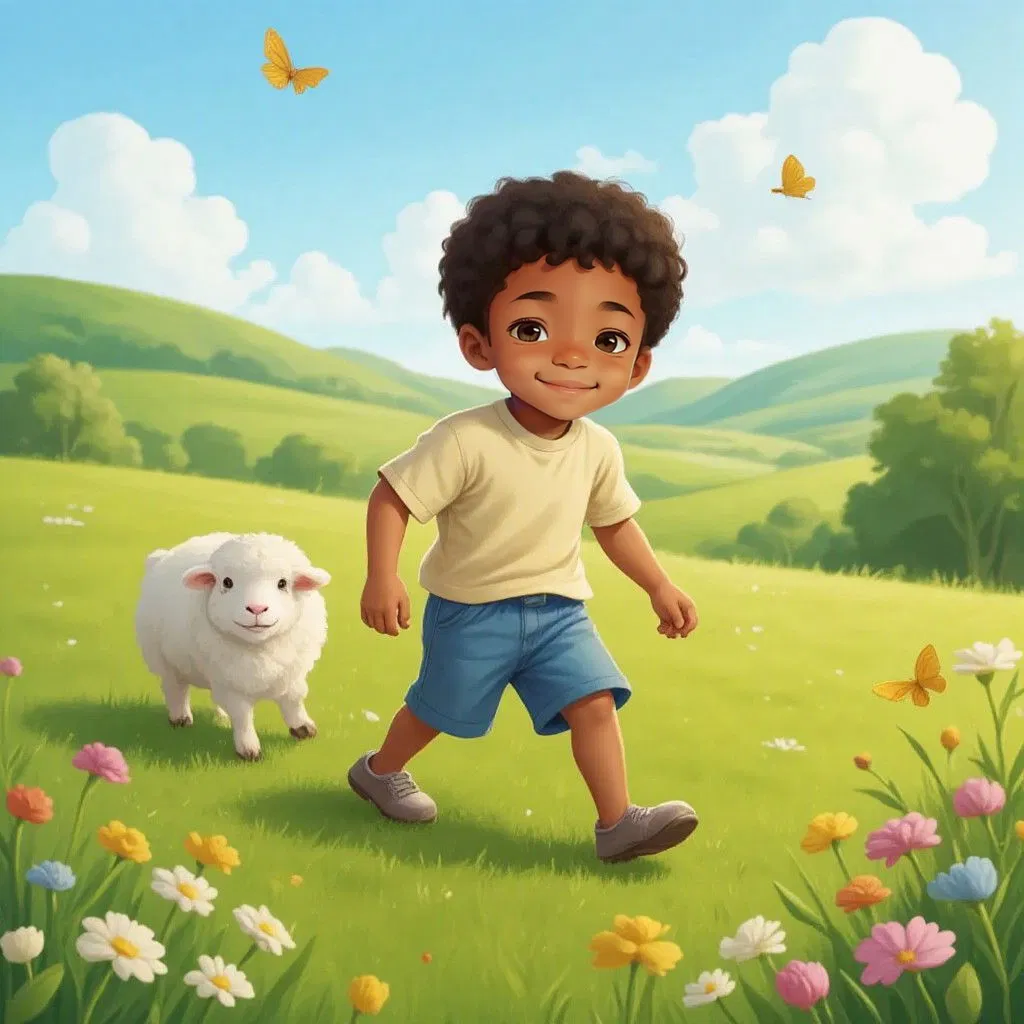
Rire following a little sheep as he experiences different parts of his day, As he goes through various challenges and moments of joy, he learned how God is always with him, guiding him, protecting him and providing for all his needs.
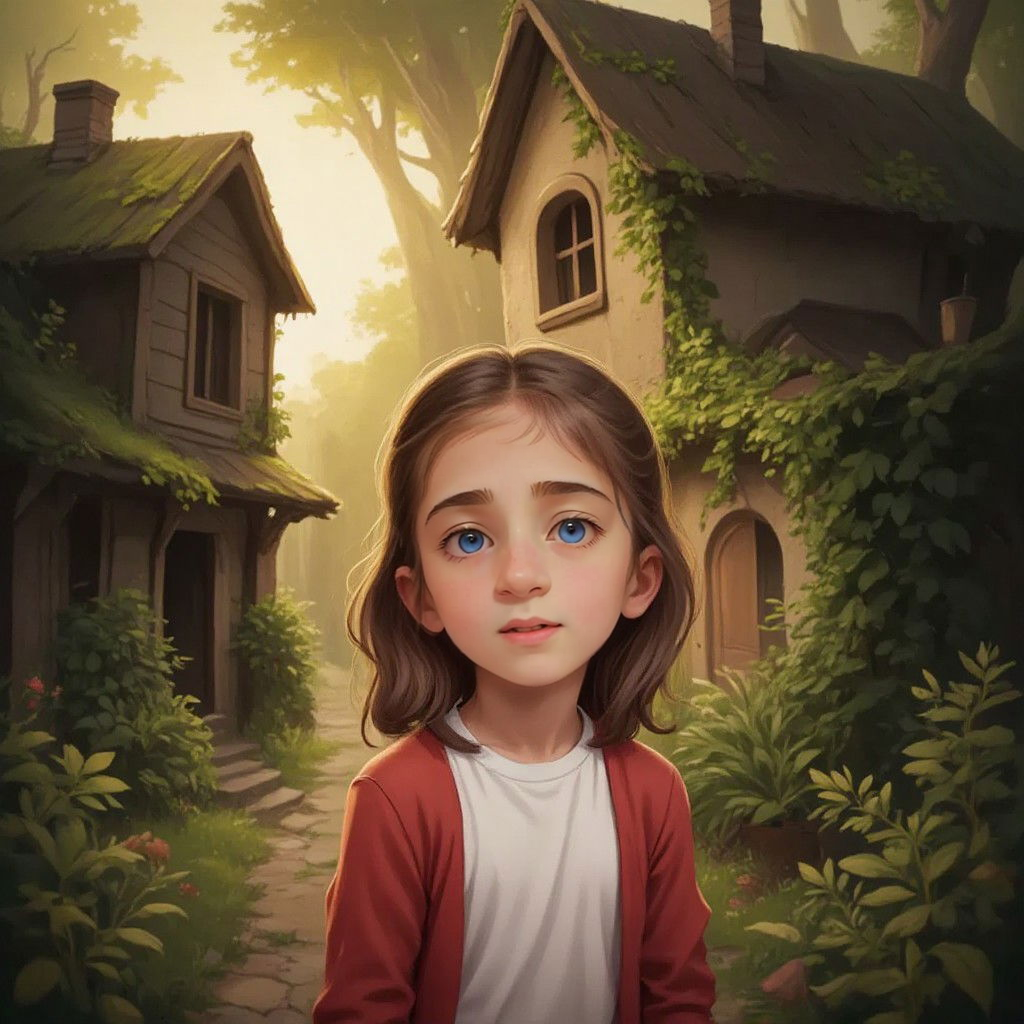
Pre teen Girl visits an abandoned house and stumbles on a locket with a photo inside of her great grandmother.
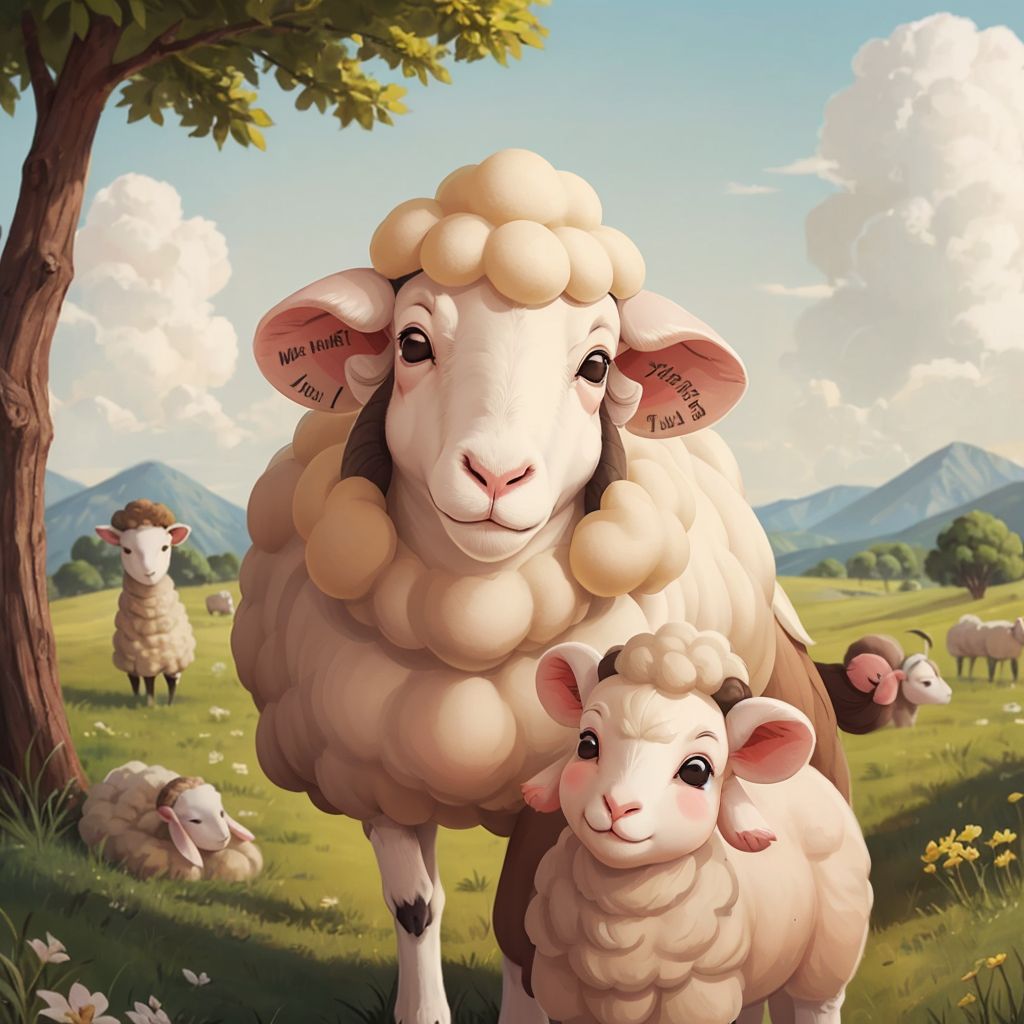
Momma Sheep and Little Lamb: A Journey of Faith" is a captivating children's book that invites readers into the enchanting world of a loving sheep and her adorable lamb, as they embark on a remarkable adventure of discovery and faith. Set amidst the backdrop of a picturesque pasture, the story follows Momma Sheep and her curious Little Lamb as they traverse the meadows, their woolly coats brushing against the gentle breeze. Little Lamb's innocent curiosity leads her to inquire about Jesus, sparking a journey of exploration into matters of faith. As Momma Sheep lovingly imparts wisdom and guidance, readers are drawn into a heartwarming narrative that emphasizes the values of kindness, compassion, and the transformative power of faith. Through vibrant imagery and tender prose, the book captures the essence of their journey, from the sun-drenched hills to the tranquil valleys, where each step brings them closer to the heart of their beliefs. Along the way, Momma Sheep and Little Lamb encounter challenges that test their resolve, yet they find solace and strength in their unwavering faith in Jesus. Through their encounters with nature and heartfelt moments of prayer, they discover the boundless love and grace that surrounds them, illuminating their path with hope and joy. Rich with emotion and imbued with timeless truths, "Momma Sheep and Little Lamb" is a heartfelt tale that resonates with readers of all ages. It serves as a reminder of the beauty of friendship, the importance of kindness, and the transformative power of faith, making it a cherished addition to any family's library.
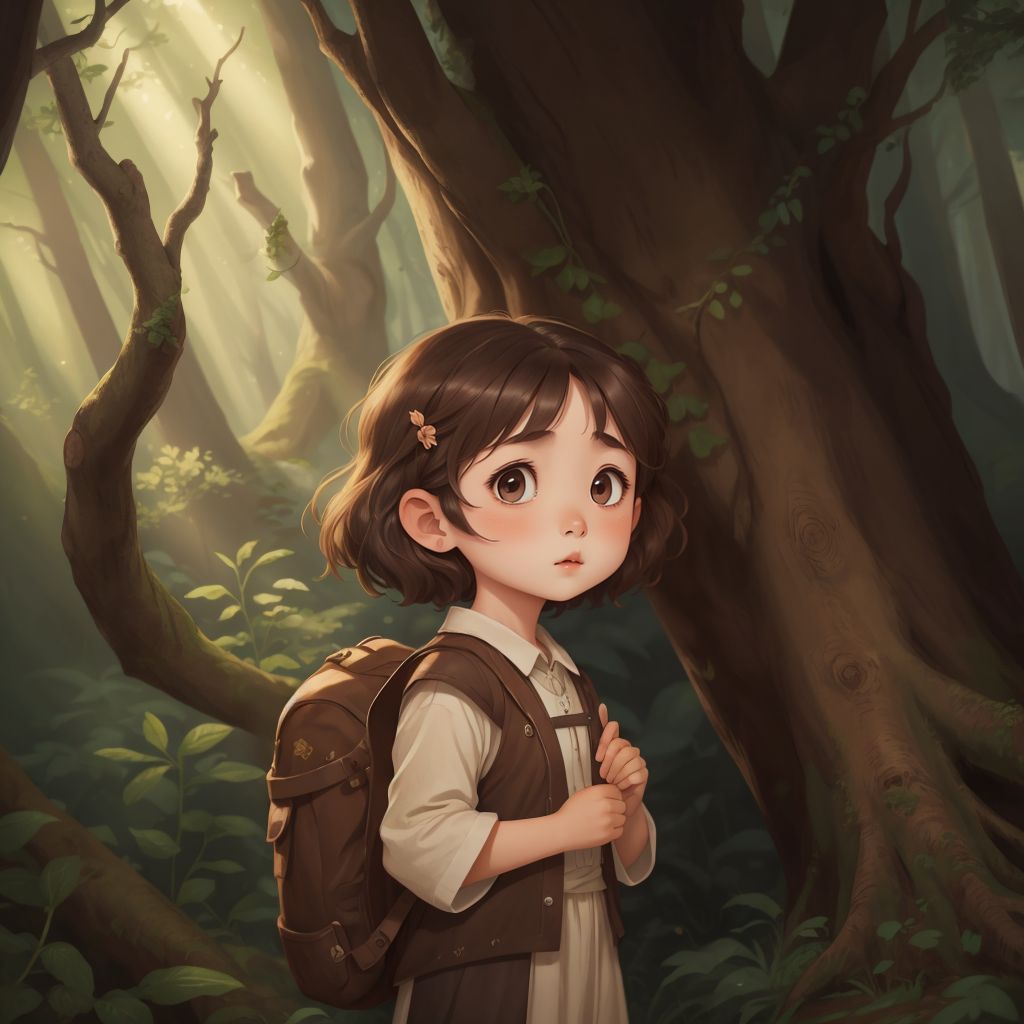
An enchanted forest where there stood a magical tree called Whispering Willow and girl named Elara went to the magical tree and the tree whispered about the hidden garden. there she found a girl named Lysandra that turned into stone. she helps lysandra break the curse and they both spread kindness to everyone.

mac is a boy from Hong Kong. but he has super powers. He can fly. His superhero name is Macblade and his superhero costume is red
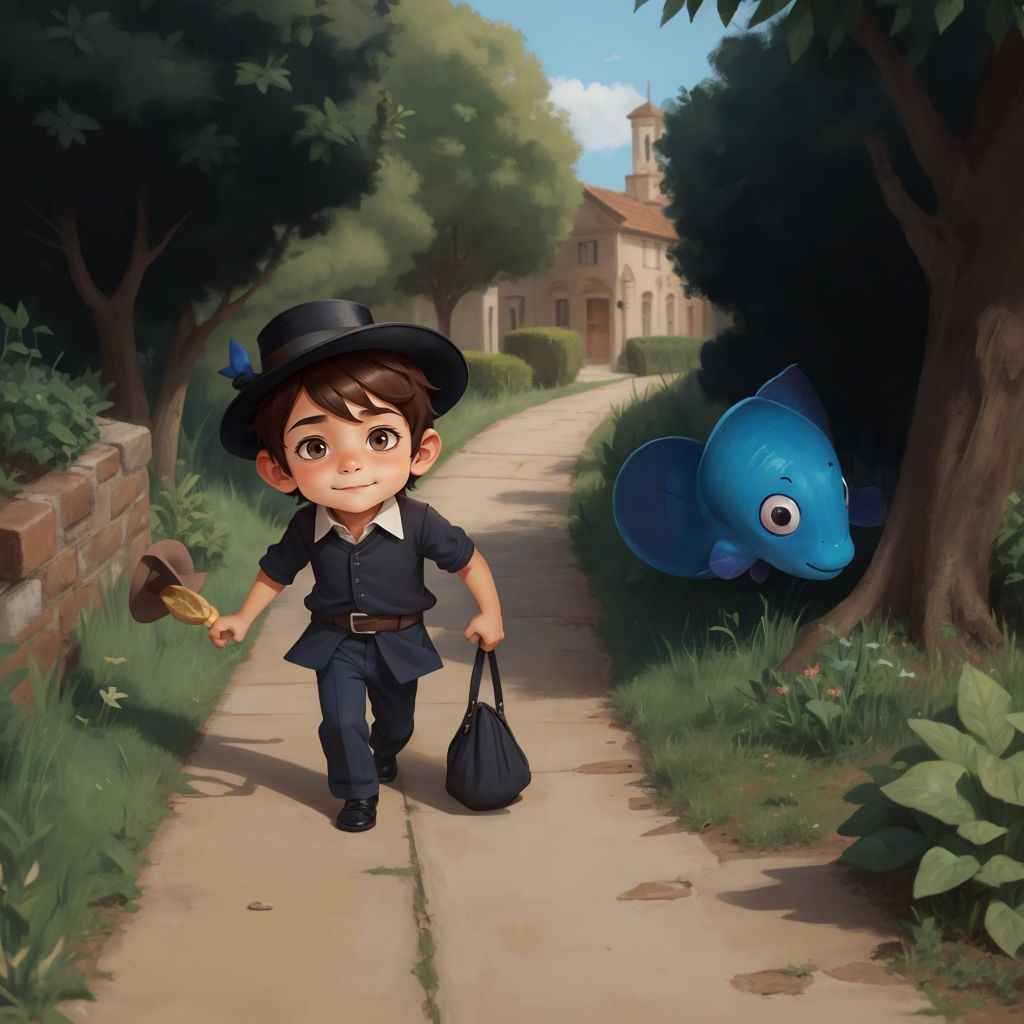
A blue monster with one eye and a black top hat becomes friends with a boy named David. Rocky learns to share.
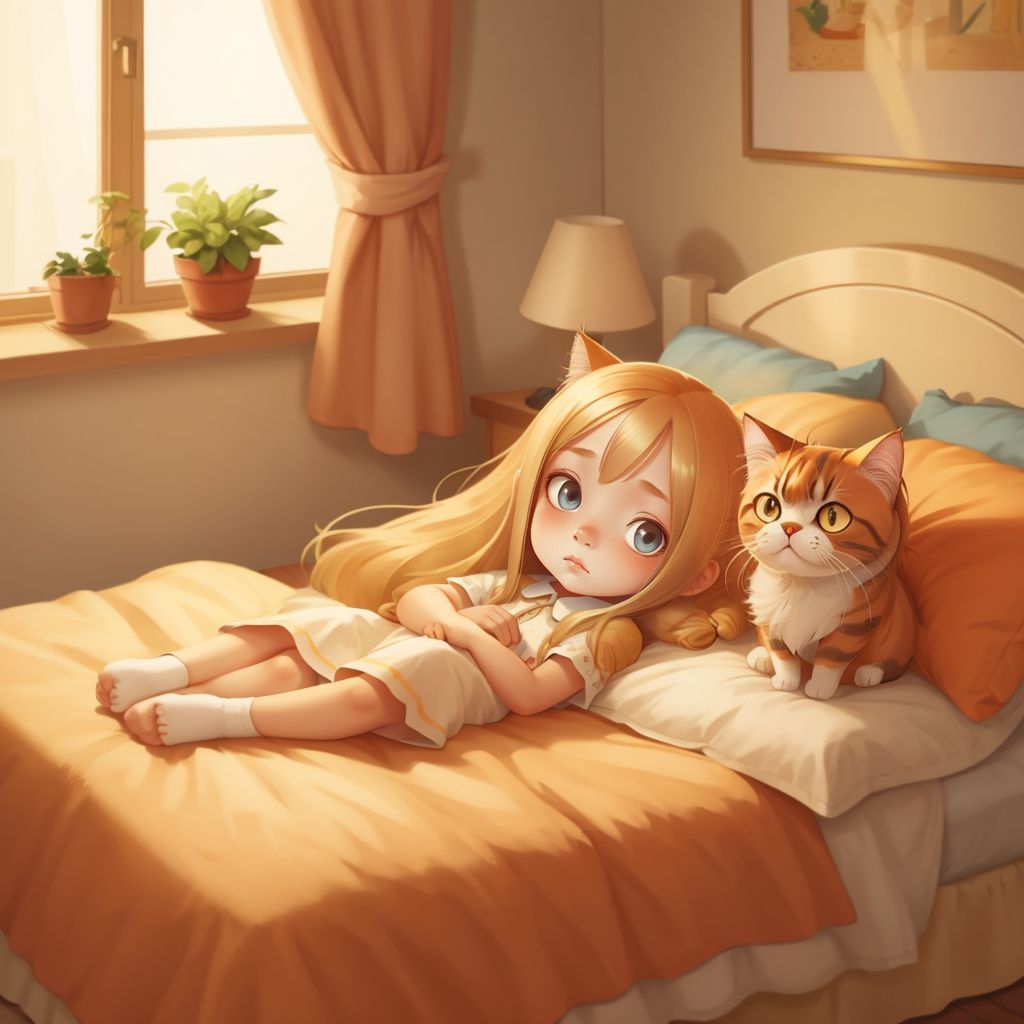
Alex była dziewczynką o żywej wyobraźni, mieszkającą z rodzicami i ukochanym kotem Mruczkiem. Każdego wieczoru opowiadała mu historie o dalekich krainach. Nie wiedziała jednak, że Mruczek jest wyjątkowy. Pewnego wieczoru, gdy Alex szykowała się do snu, zauważyła, że Mruczek zachowuje się dziwnie. Zamiast jak zwykle wskoczyć na swoje miejsce przy oknie, usiadł obok jej łóżka i patrzył na nią intensywnie. Gdy Alex głaskała kota, ten przemówił ludzkim głosem, wyjawiając swój sekret: potrafi mówić i przenosić ich do krainy zabawek. Zaskoczona Alex zgodziła się na wypowiedzenie magicznego zaklęcia. Chwilę później znaleźli się w świecie pełnym przygód, gdzie każda zabawka miała swoją historię, a każda przygoda była na wyciągnięcie ręki.

1. The story centers on a young girl and her friends who spend time at the airport after school. 2. These children have jobs and daily tasks that ensure smooth operation of the airport, named TwoHands International Airport. 3. The Maintenance Hangar, located at the rear of the airport, is operated by an older gentleman known as Uncle Jimmy. 4. A master of all aspects of airplane maintenance, Uncle Jimmy has created a space where children can work, discover, and play in a secure and nurturing setting after school.
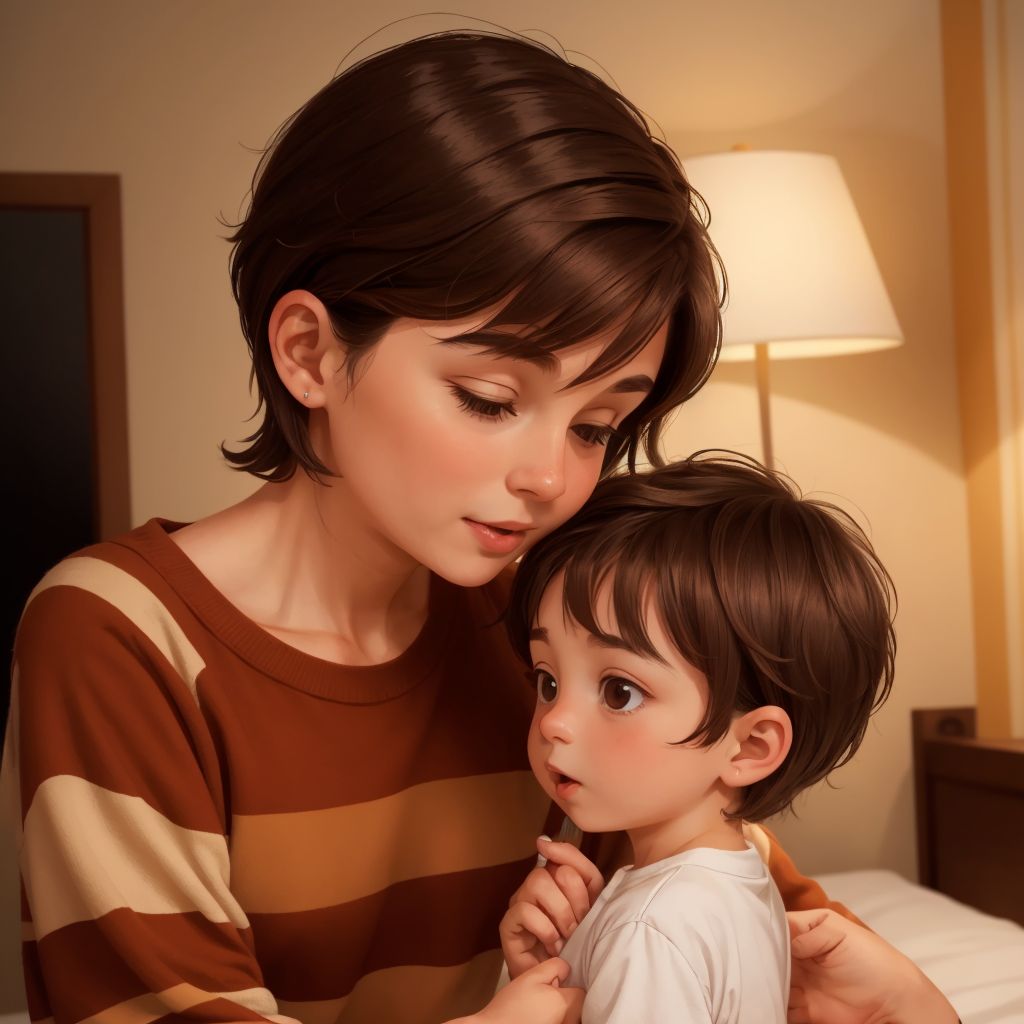
1. "Vreme za spavanje": Kicina mama uvodi rutinu pred spavanje i ohrabruje ga da se spremi za san. 2. "Pranje zuba": Kica pere zube, brojeći sa svojom mamom kako bi bio siguran da ih temeljno pere. 3. "Priča pre spavanja": Kicina mama mu čita omiljenu priču pre spavanja, koja ga pomaže da se opusti i zamisli avanture iz priče. 4. "Pesmica pred spavanje": Kicina mama mu peva omiljenu uspavanku, umirujući ga i pomažući mu da se oseća sigurno i opušteno. 5. "Laku noć, Kica": Kica dobija poljubac za laku noć i zagrljaj od svoje mame, i mirno tone u san.

Luna, the little rabbit, explores a meadow with many things to see. Discovers an enchanted forest.
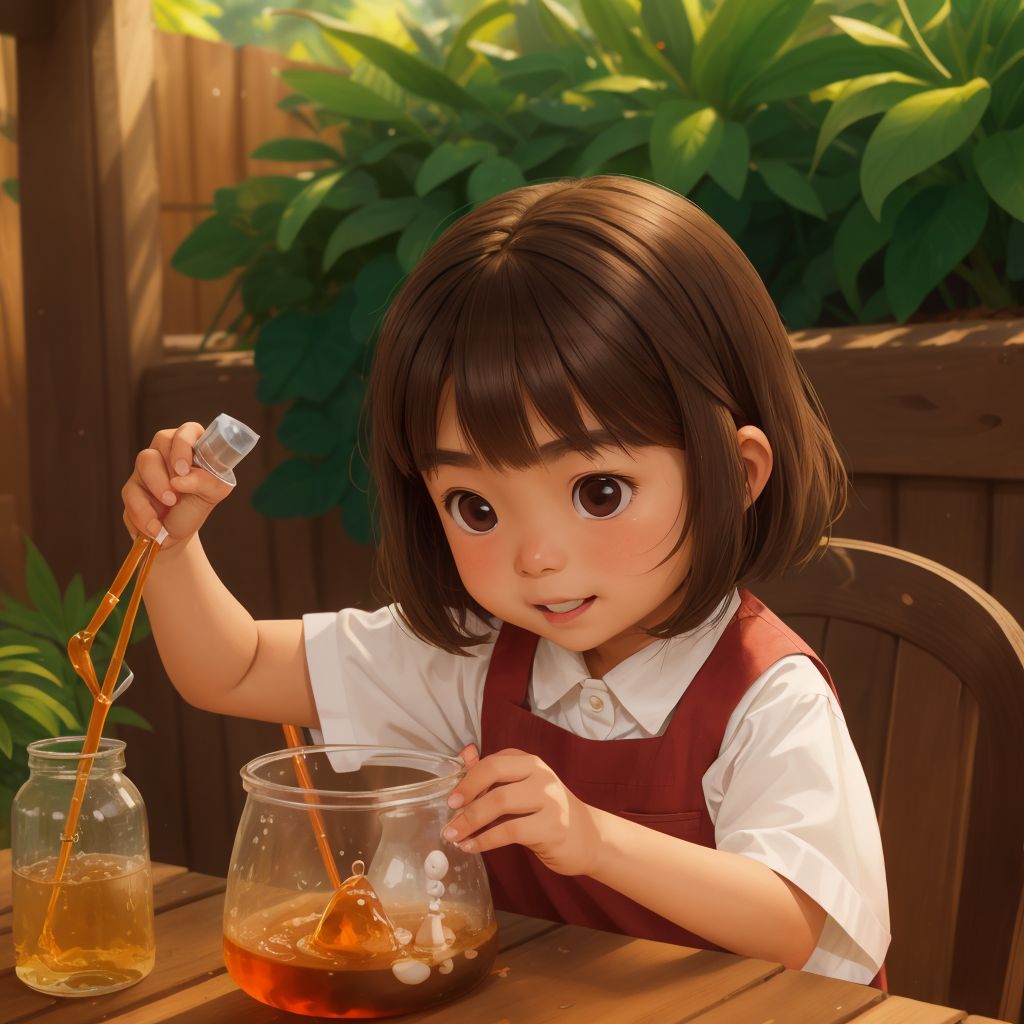
A curious young girl named Maya. At eight years old, Maya's favorite place to be was her backyard laboratory, where she conducted all sorts of scientific experiments. She explains what Earth Day is all about
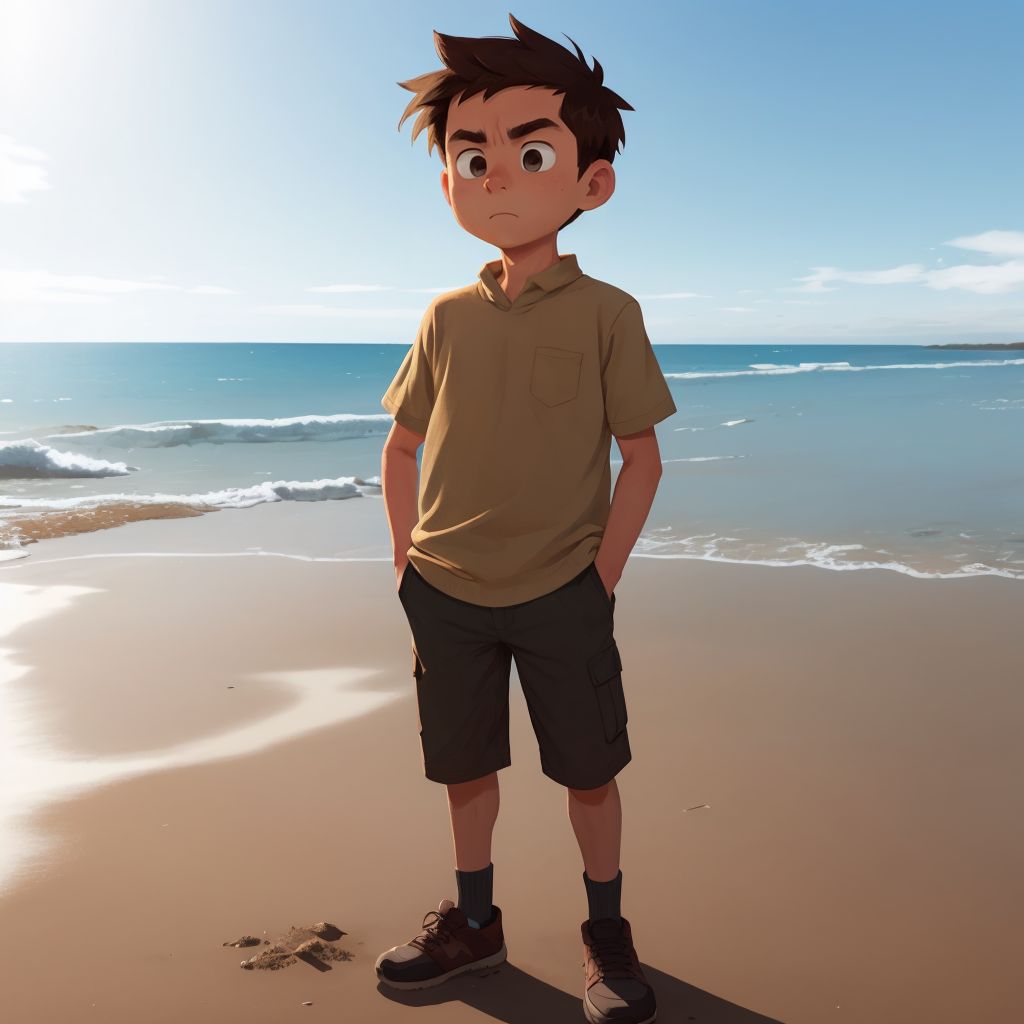
Welcome to the uninhabited island, where the main character will be the young and brave Eugene! Here, he will find all the necessary tips and tricks for survival in this tropical paradise. An image of a beautiful tropical beach with palm trees and bright blue water, and next to the palms sits Eugene, looking like a real survivor, watching the sunset.
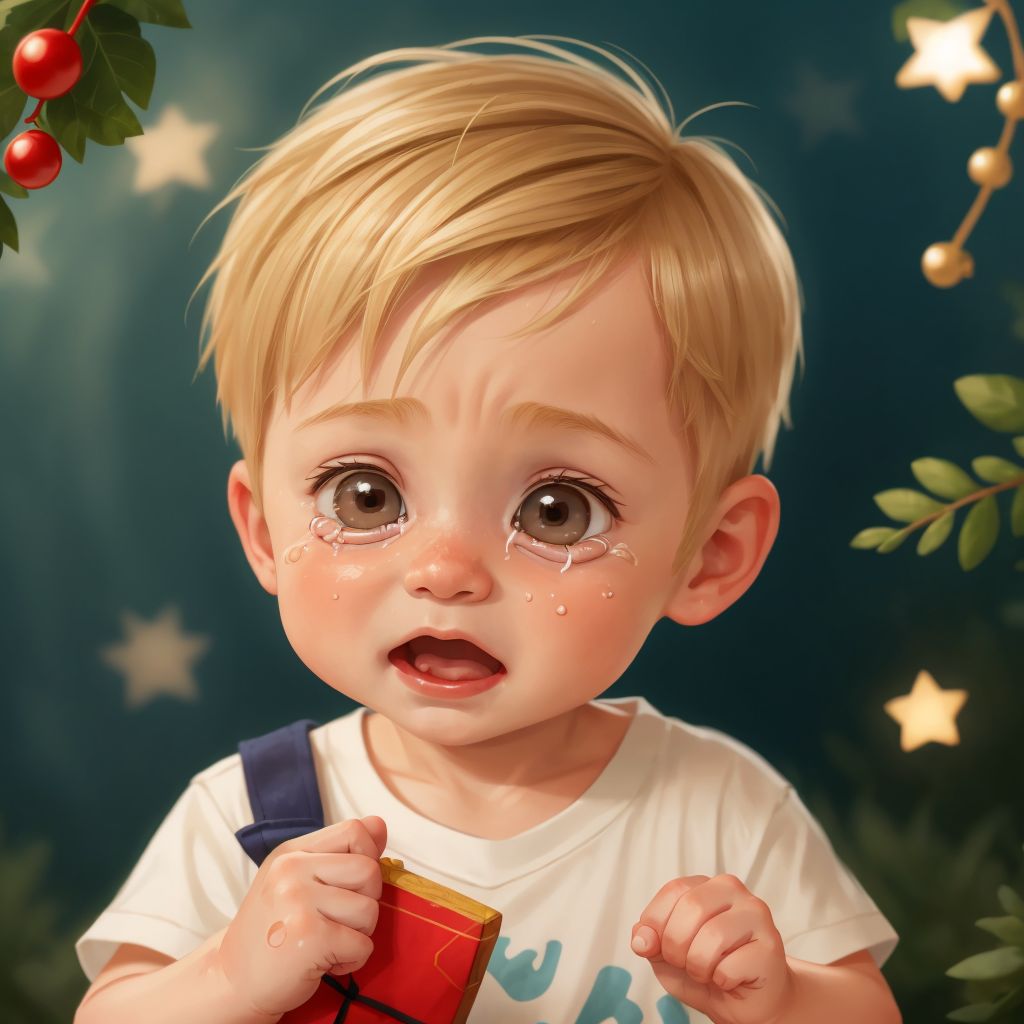
After having a sad birthday party Andy couldn't imagine he would have such a beautiful treasure box for his whole life.
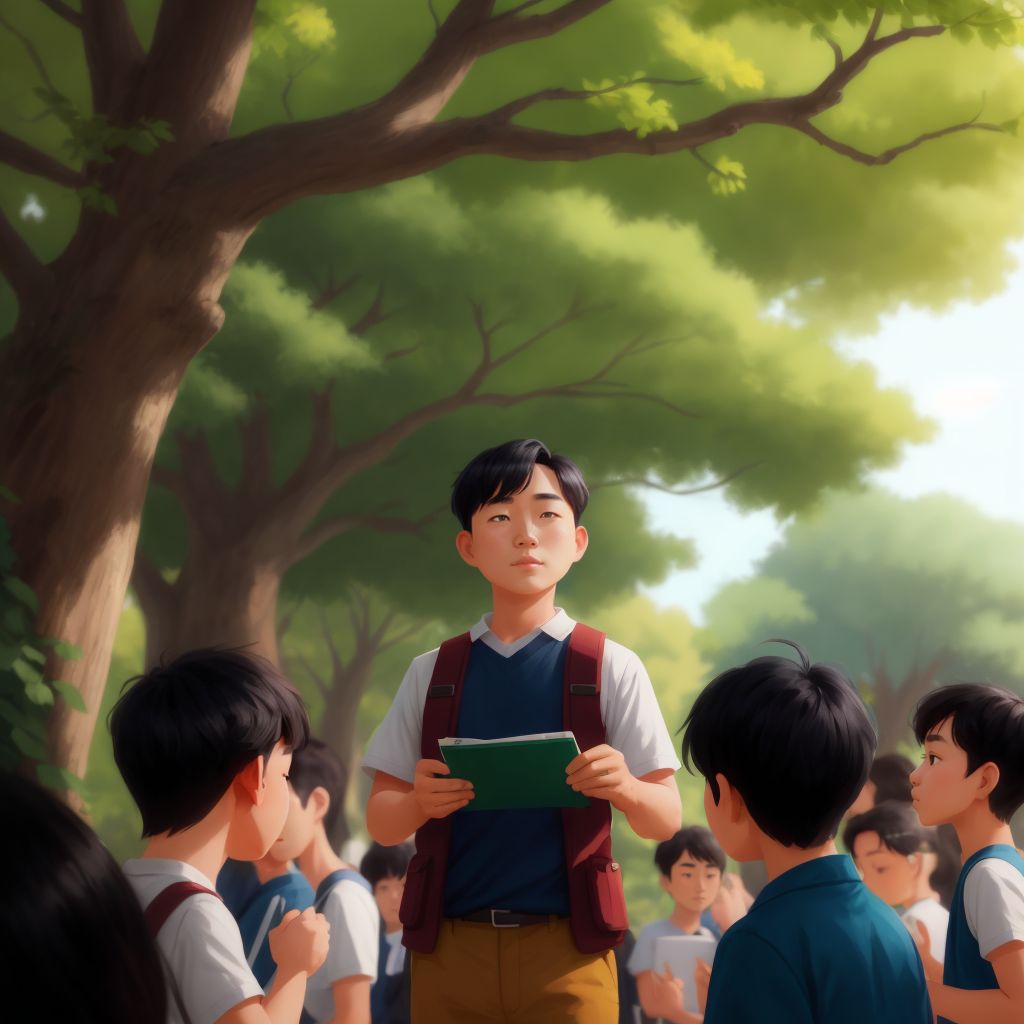
1.Professor Matsui Kenichi stands beneath a towering tree, surrounded by a group of students from different cultures. 2.Professor Matsui sits in a classroom, discussing environmental ethics and responsibility with his attentive students. 3.Students are gathered around Professor Matsui, learning about the rights of nature and how to advocate for them. 4.Professor Matsui stands beside an elder from an indigenous community, exchanging knowledge about the environment. 5.Students are shown respectfully listening to an indigenous elder sharing traditional ecological knowledge. The text reads 6.Professor Matsui stands with his students, surrounded by a thriving ecosystem. The text reads
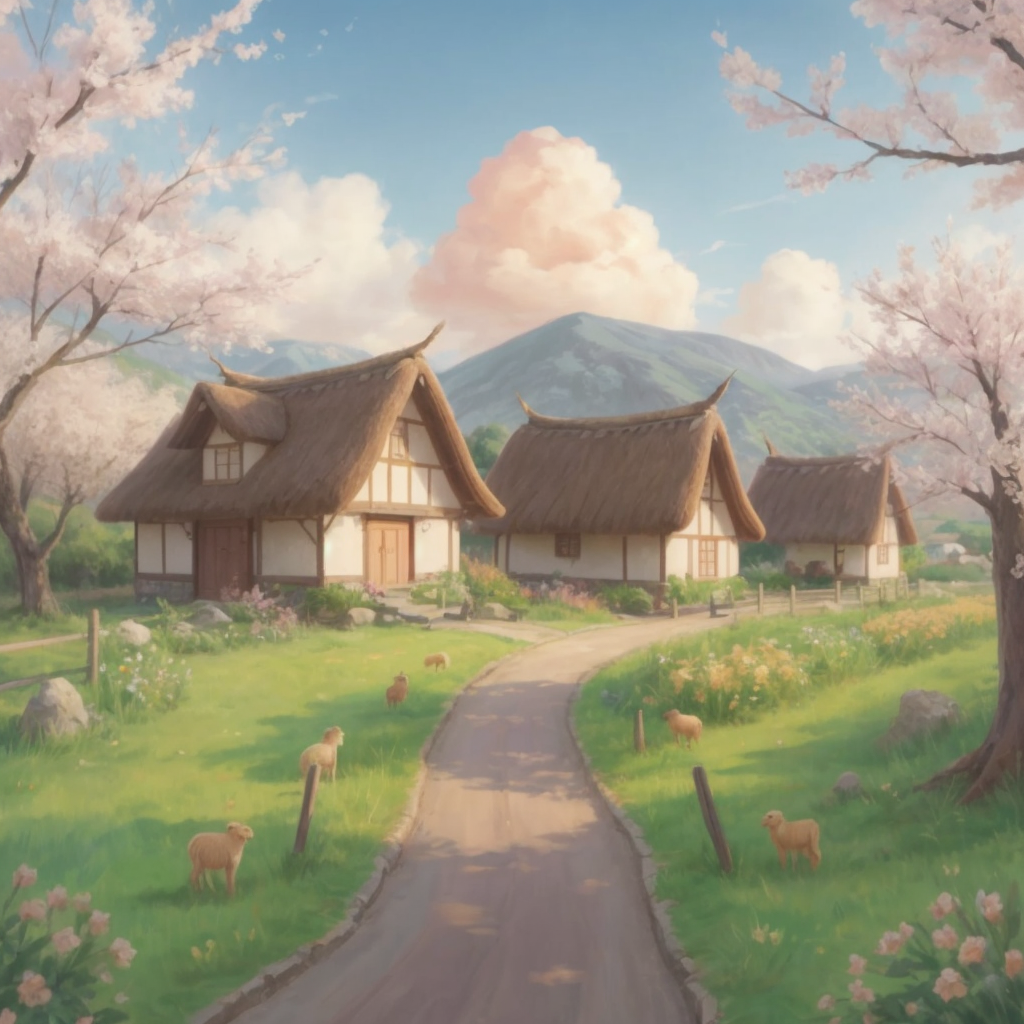
1.Tại một làng quê yên bình với những mái nhà tranh lớn nhỏ dọc theo con đường. Những cây mai, cây đào bắt đầu nở hoa, không gian đẹp đẽ của mùa xuân đã lan tỏa khắp các ngỏ ngách. 2.Gia đình cô bé Linh đang náo nức chuẩn bị cho ngày Tết. Linh cùng bố mẹ đang dọn dẹp nhà cửa, trang trí bằng những cành đào và hoa mai. 3.Bố Linh và mẹ đang nấu những món ăn truyền thống như bánh chưng và nem chua. Một hương vị quen thuộc lan tỏa từ bếp. 4. Trên con đường làng, mọi người đang nô nức mua sắm đồ Tết. Có người mua hoa đào, có người mua bánh chưng, tạo nên một bức tranh sôi động của sự chuẩn bị. 5. Gia đình Linh tham gia lễ hội đón Tết trong làng. Cả làng sum họp, cùng nhau thưởng thức đồ ăn và trò chơi truyền thống. 6. Đến tối, mọi người tụ tập về nhà, cùng nhau ngồi quanh bàn ăn. Gia đình Linh chia sẻ niềm vui, kỷ niệm và lời chúc tốt đẹp cho năm mới. 8.Trên bầu trời, pháo hoa bắn lên tạo nên những cảm xúc phấn khích và tươi vui. Mọi người cùng nhau chia sẻ niềm vui của một đêm Tết trọn vẹn.

Once, a little cat named Sussi got lost in the forest. A hedgehog and a bunny found him and decided to help. As they walked, they met a fox who shared tasty berries. "It was delicious!" they all said with happy faces. Suddenly, a noise scared Sussi, but the fox calmed him down. They were grateful for the fox's help. Sussi missed his mom. Following the fox, they reached Sussi`s family. Sussi was happy to be with his mom and brother again.
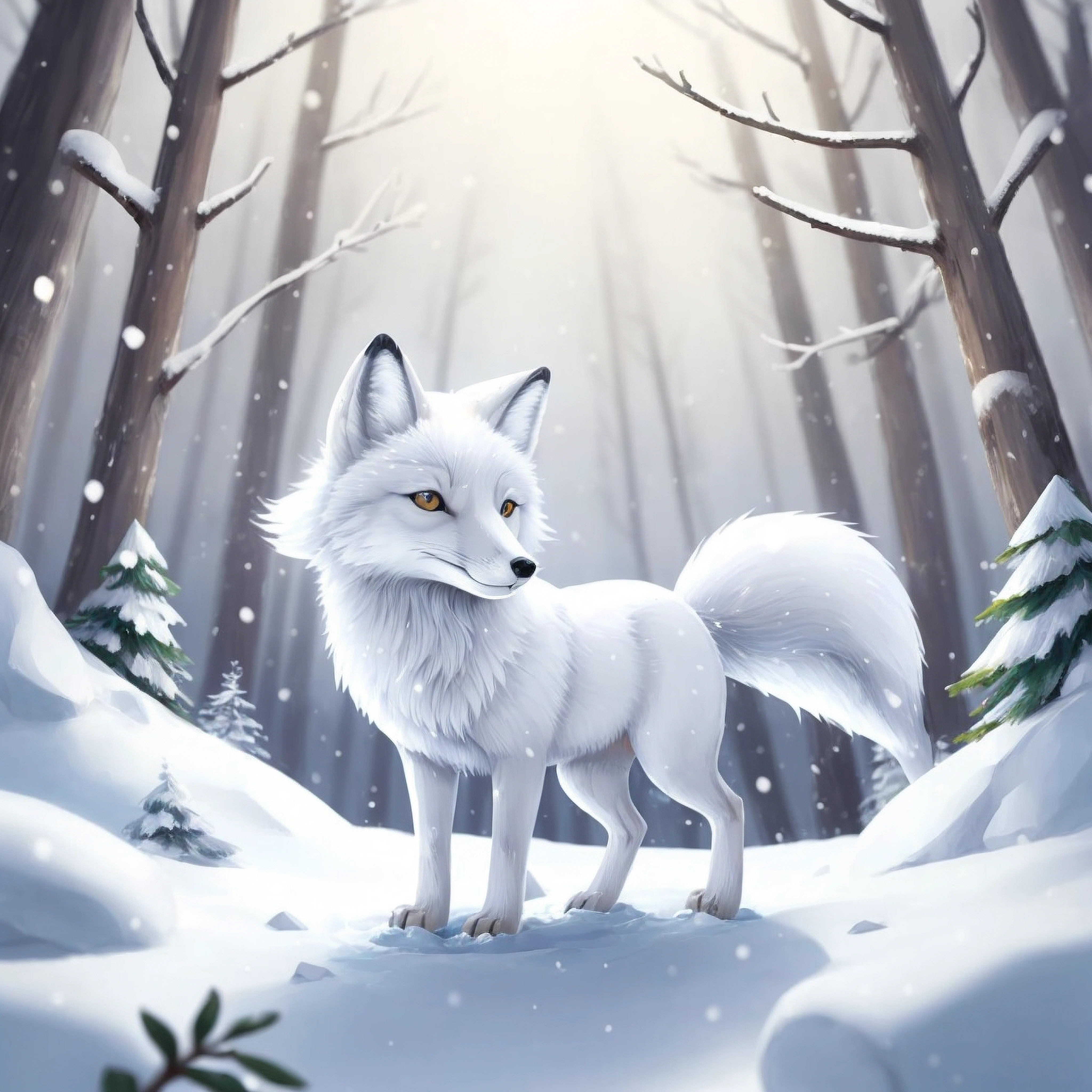
1. magical Nordic forest covered in snow, three best friends, Luna the Arctic Fox, Bjorn the Wise Bear, and Freya the Playful Reindeer, were eagerly preparing for a special Christmas celebration. 2. The Joyful Decorations. 3. The Magical Feast. 4. A Wish Upon the Northern Star.
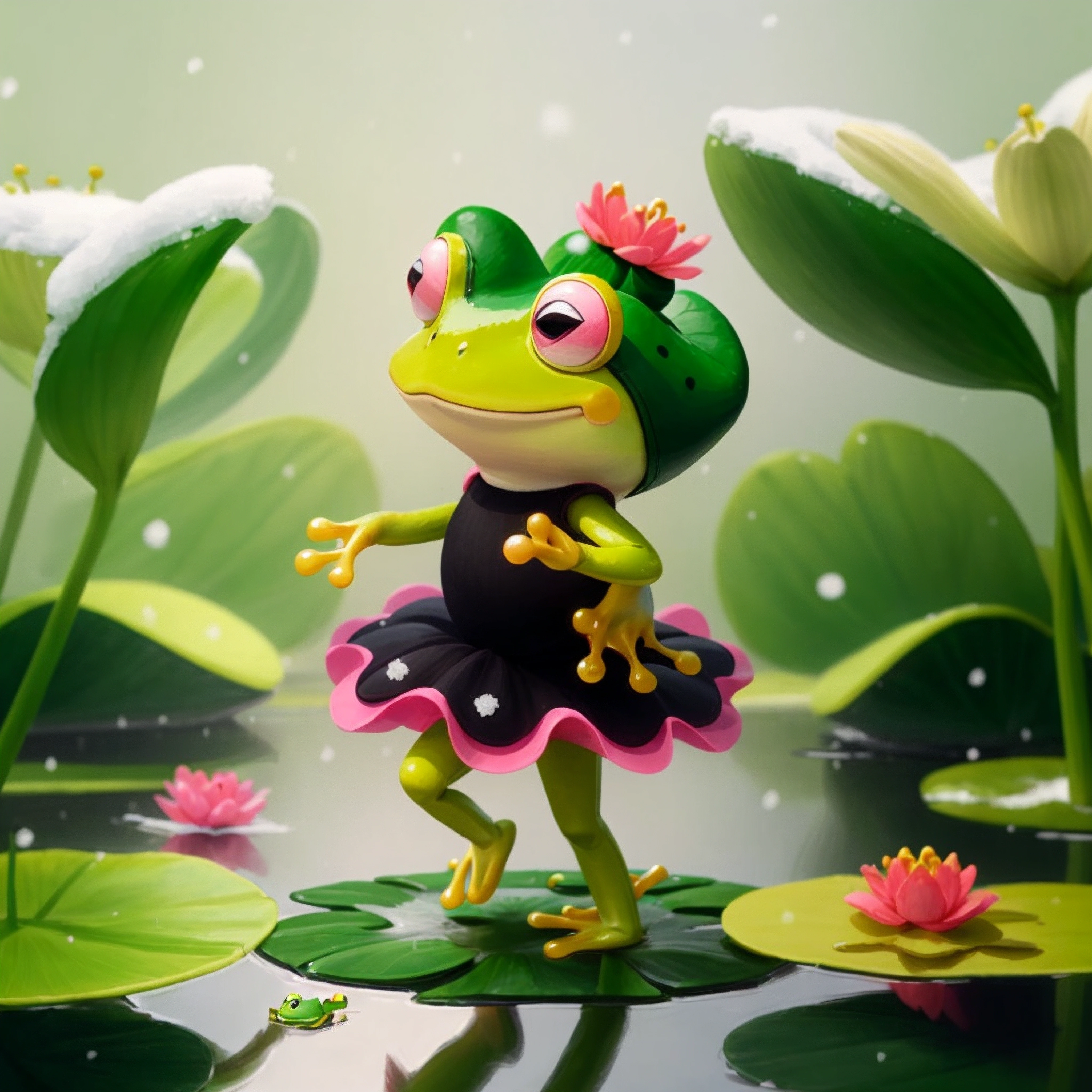
write a children's story about Lilly the dancing frog and her adventures dancing through the season of winter.
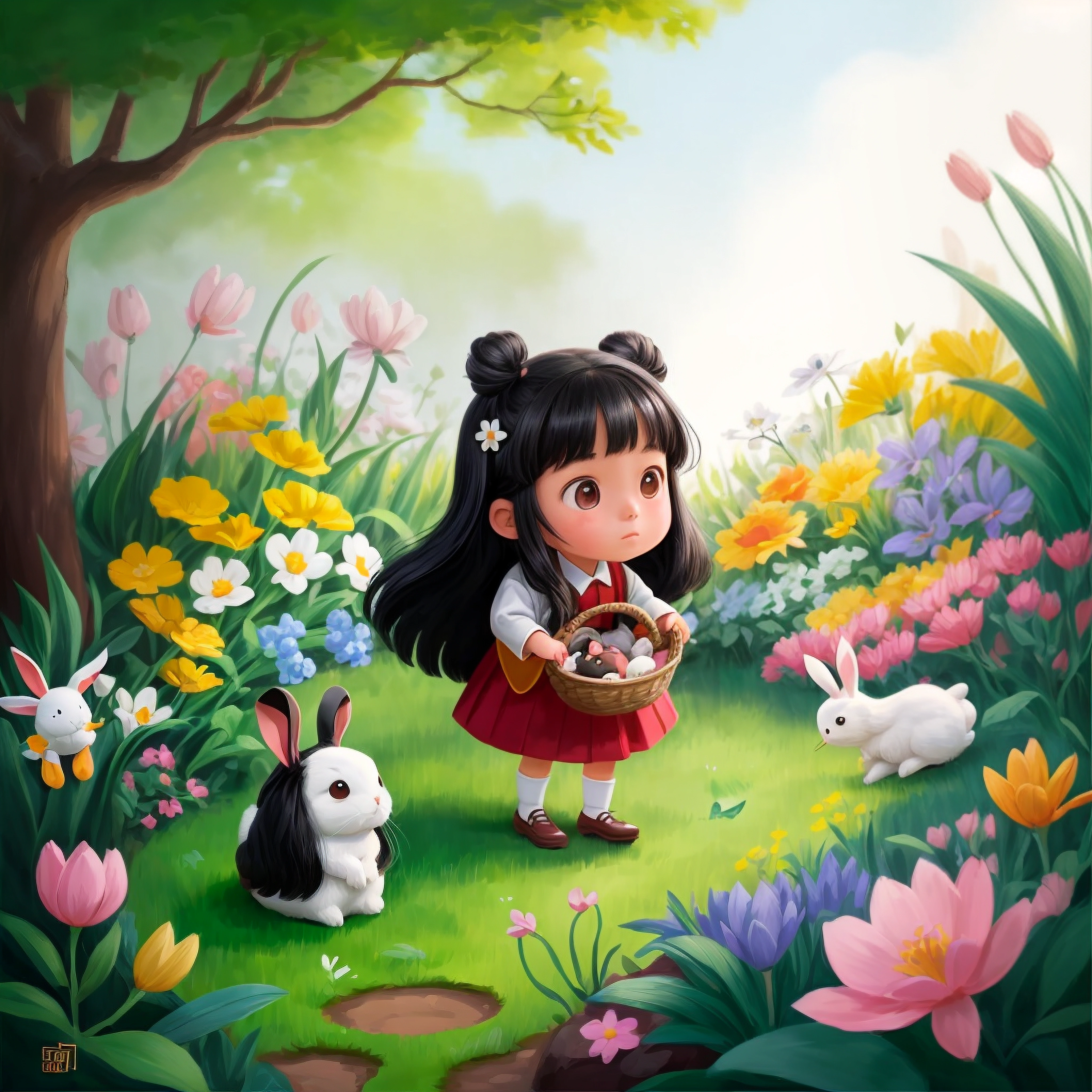
乔乔和小白兔的故事
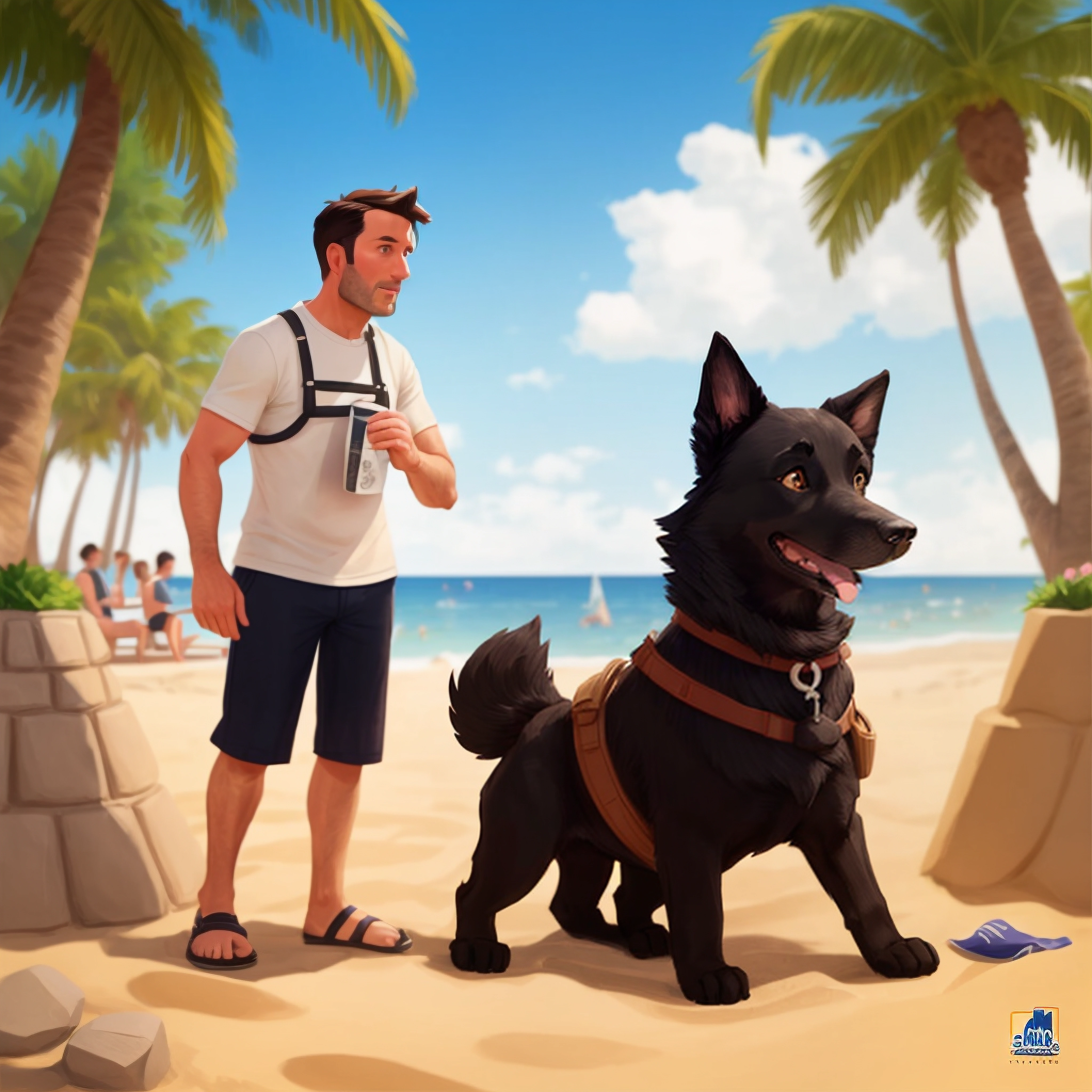
Los niños tienen un concurso para el castillo de arena más grande
